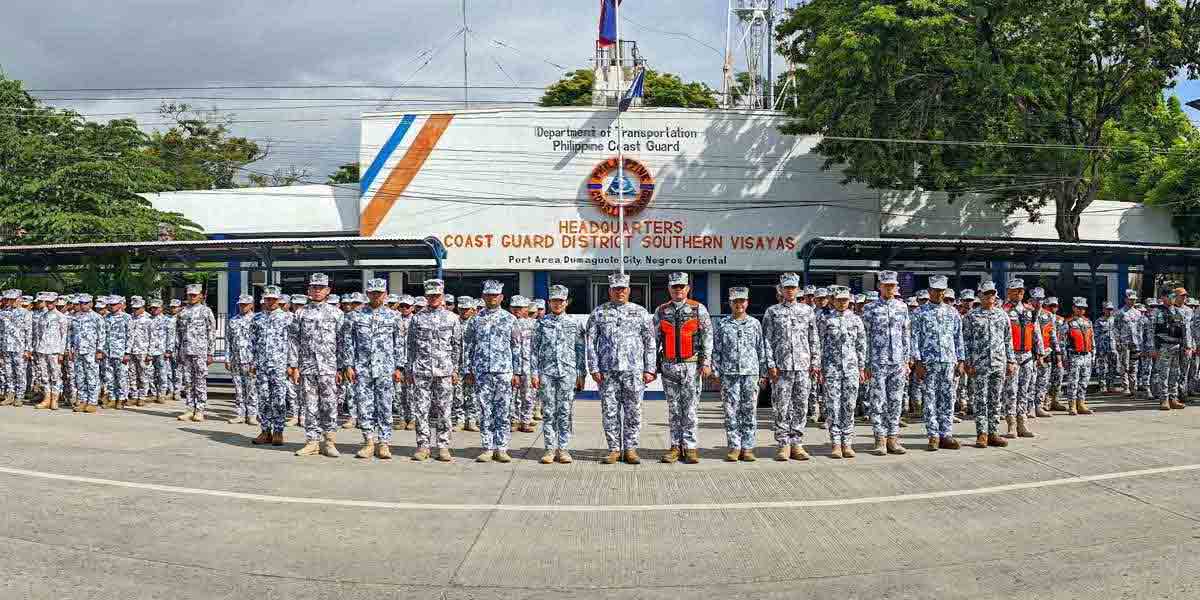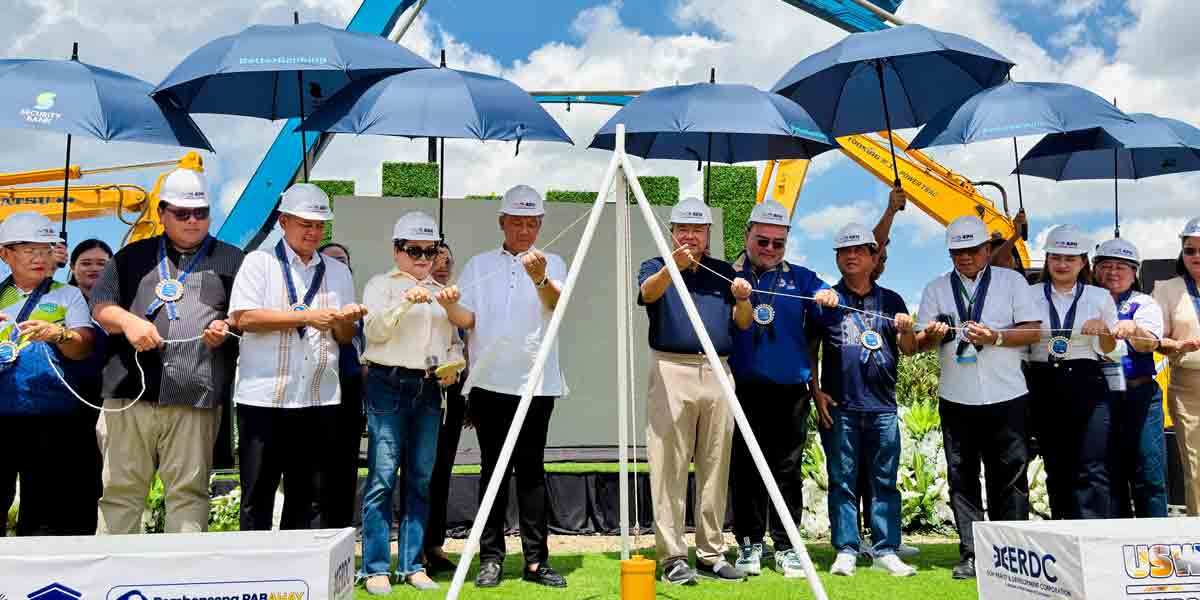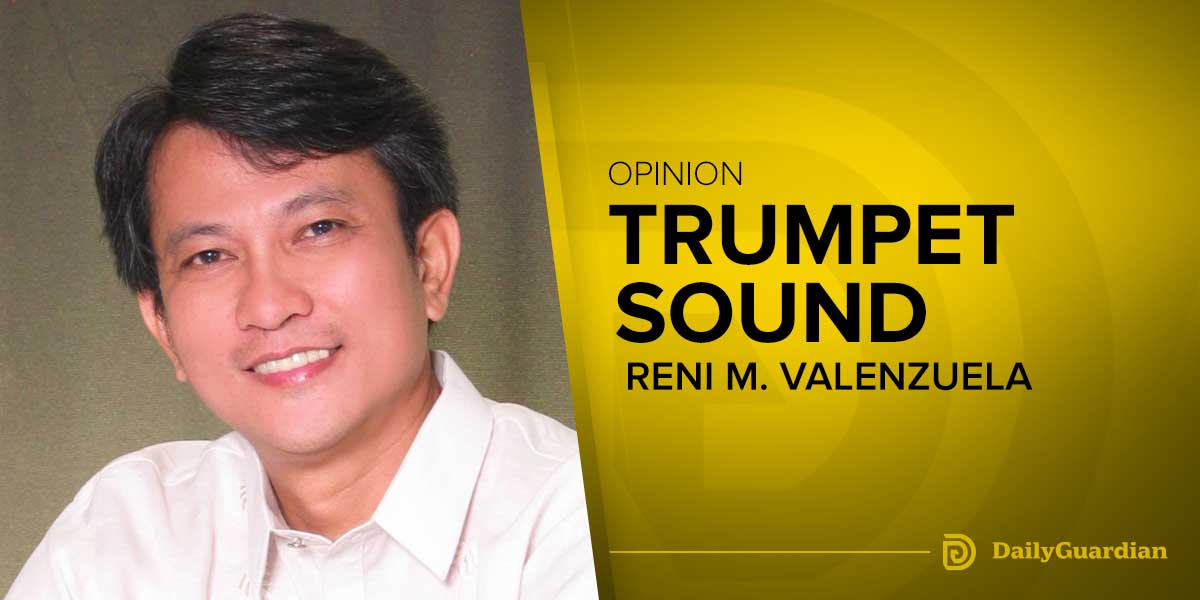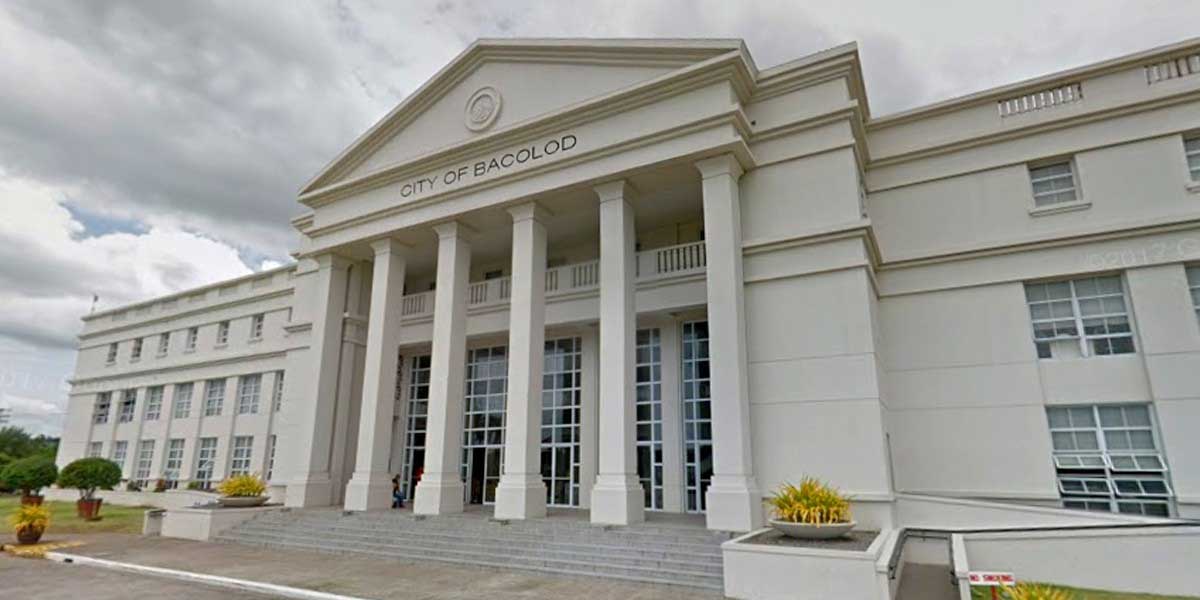By Herman M. Lagon
In the Philippines, early November is unlike any other time of the year. From bustling flower markets to candlelit cemeteries, “Piyesta Minatay”—All Souls’ Days—is a unique cultural event that honors departed loved ones while uniting families and communities. For many of us, these days are far from somber; rather, they embody gratitude, respect, and even celebration, bridging the sacred and the social. Known collectively as “Undas,” this two-day observance combines age-old Catholic rituals with distinctly Filipino traditions, creating a tapestry of remembrance that resonates deeply within the nation’s cultural fabric.
Across the country, families start preparing days in advance, preparing burial markers, arranging meals and offerings catering to visiting relatives and the dearly departed. This gesture of leaving food on altars or gravesites is an essential part of “Undas.” It’s as if the spirits themselves are welcome guests at the family table, a nod to the belief in an ongoing, spiritual connection that transcends death. The meal often includes family favorites or symbolic foods–like suman, valenciana, lingua, value, kalamay-hati, baye-baye, and ibos–and the setup would not be complete without lit candles and fresh flowers, a practice underscored by Catholic rituals of intercession and prayers for the departed.
The significance of “All Souls’ Day (including the All Saints’ Day)” extends beyond the individual family. Cemeteries transform into vibrant and bright gathering spaces where reunions happen. Entire clans, many scattered across cities and even countries, come together, finding unity in shared grief and celebration. “Piyesta Minatay” serves as a homecoming, strengthening ties with living relatives while honoring those who have passed. According to Filipino sociologists, this annual tradition helps solidify familial bonds in ways that no ordinary holiday can (Alegre, 2016).
However, as with any cherished tradition, there are modern challenges. Economic pressures, especially in recent years, have made it increasingly difficult for families to afford certain aspects of the celebration. The rising costs of flowers and other offerings have placed a strain on some, forcing adjustments. But resilience is woven into the Filipino spirit. Many families have found creative ways to honor the dead without compromising their budgets, opting for locally sourced flowers or homemade food offerings, ensuring that tradition endures despite financial challenges.
In some cases, the observance of “Undas” has adapted to fit the circumstances of families living abroad. Immigrants, especially in the U.S. and Canada, often hold memorial gatherings in local cemeteries or even at home, adjusting customs to suit their new settings. While some rituals are lost in translation, many families recreate them with Filipino flair, reinforcing their connection to their roots. This shift reflects the adaptability of the occasion, a cultural testament that while the venue may change, the spirit remains the same.
The importance of “Piyesta Minatay” lies in its deeply spiritual elements. Lighting candles, saying prayers, and gathering in memory of the deceased serve as acts of devotion, echoing the Catholic belief in an afterlife where spirits are comforted by the prayers of the living. For many, these rituals go beyond religious obligation, representing a lived and shared faith. Religious scholars argue that this communal faith practice reinforces a collective spirituality, binding generations in acts of remembrance and respect (Quinabo, 2023).
And it is not just a solemn ritual; there’s room for laughter, too. As families swap stories at gravesides, sharing memories, “Undas” becomes a unique fusion of reverence and revelry. In Western Visayas, “Fiesta Minatay” is often a time for retelling family histories, exchanging life updates, and offering prayers—an event akin to a family reunion. This social aspect, including feasts to lighthearted banter, brings the “celebration for the dead” to life, making it a time to celebrate the lives once lived and those still living.
Notably, the blending of tradition and folklore adds another dimension. Superstitions, such as the belief in spirits inhabiting large fruit trees or the need to pray when passing by, are still alive in some communities, particularly among the older generations. While younger ones may view these customs with nostalgia and skepticism, such beliefs persist, enriching the cultural landscape of “Piyesta Minatay.” These elements underscore Filipino spirituality intertwined with folk beliefs, even as the country modernizes.
For many Filipinos, these celebrations are not limited to religious rites but also about preserving cultural identity. Whether practiced at home or in distant lands, “Undas” reminds us of the Filipino values of family and community, which remain strong even when tested by economic hardships and generational change. As much as it is about remembering the past, it is also about creating continuity in a world where such connections are increasingly rare.
As the final candles are extinguished and families begin their journeys home, “Piyesta Minatay’s” lasting message lingers. After the crowds leave, a quiet sense of fulfillment lingers—a feeling that family, faith, and love have been fully honored. Each “Undas” offers a moment to reflect on belonging, to feel connected to something beyond ourselves, and to find comfort in the traditions that keep families close.
Ultimately, “Piyesta Minatay” celebrates life—past, present, and future. It is a powerful reminder that Filipinos affirm the values they hold dear and pass them on to the next generation in remembering the dead. As traditions adapt to the times, the core remains steadfast: a dedication to family, an acknowledgment of faith, and a sense of joy that even death cannot diminish.
***
Doc H fondly describes himself as a “student of and for life” who, like many others, aspires to a life-giving and why-driven world grounded in social justice and the pursuit of happiness. His views do not necessarily reflect those of the institutions he is employed or connected with.






















